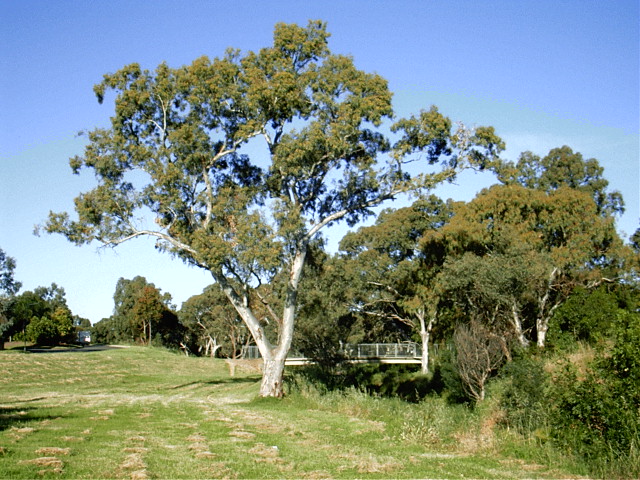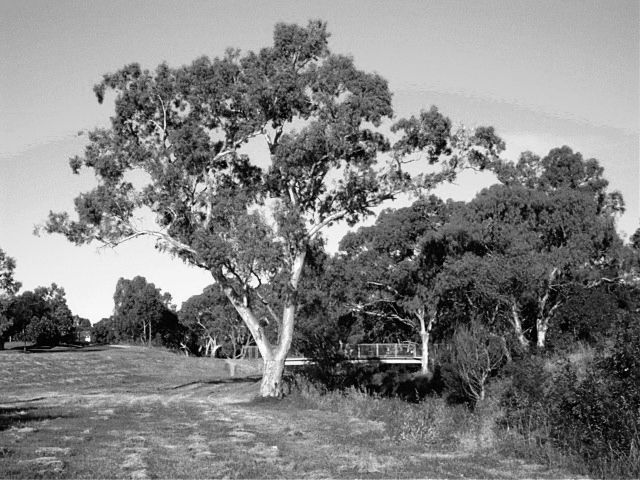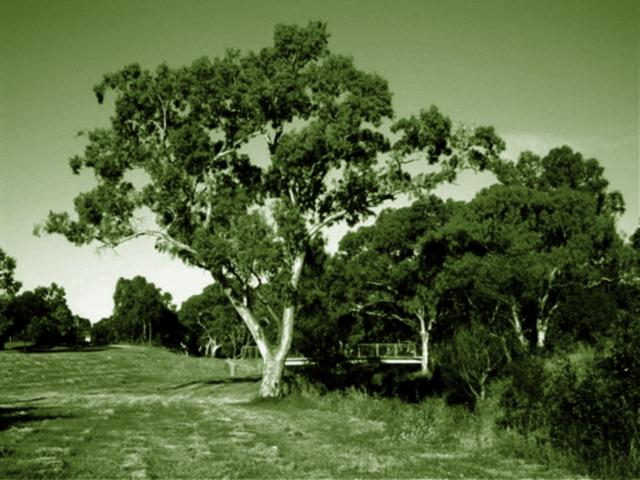Sometimes it's interesting to look at something in a different way. Photography does this by showing you a still of something, where all you can see is what's in the photograph. Your attention is fixed to what the photographer shot. Looking at a photograph, you might study something more than usual, something you might even just casually ignore. But because the image is there and doesn't change, you get to stare at it.
This is where photos go from being just a record of a moment, towards being an artform in themselves. Photos may be interesting just because they're a still of a moment in time, or simply be a pleasing image in themselves. Sometimes they're more interesting because they're a bit unusual. That can be because the angle is different than how you might have seen things if you'd been there (e.g. extremely close up, extremely far away, looking up or down at something, etc.). I tend to like other people's photos more than my own, sometimes because I'm seeing something that I haven't seen before, or because I'm seeing something in a different way than I saw it.
Additionally, photos can be “tricked” for special effects (doing something unreal). I tend to prefer the simpler effects. Such as very wide-angle shots, perhaps from an unusual point of view (e.g. not the way you'd see something while you were standing up or sitting down). And I find monochrome pictures interestingly surreal—not just greyscales, but also images made from just one colour.
By way of example, look at the following three pictures, the same image rendered in different ways. It starts with a simple picture, then alters it in two very simple ways. The original, unadulterated, photo means a couple of things to me: A moment from an afternoon that I went for a walk with a friend a few years ago. And a vanishing part of the area that I grew up, where I played as a child (“Dry Creek,” in the suburb of Modbury, part of the city of Tea Tree Gully, North-East of Adelaide, in South Australia).

Removing the colour gives a rather strange look to the same scene. It's sort of unnatural, since most of us don't see things in that manner. Yet isn't completely so, since most of what we see is like that monochrome image—a panchromatic response—with some colour added to it (that is how our eyes work, seeing mostly monochrome with a smaller amount of information to differentiate colours). And I tend to like the range of tones in that image, though there's a few really nasty digitisation effects part way through the sky (that's mainly a fault of the particular camera I used, rather than a problem you're likely to see with all digital cameras).

Tinting the picture makes it more unreal. It moves away from just being a picture of something, to becoming decorative in some fashion. I tried a few different tints before settling on this green. It reminds me of a photograph we used to have, that faded very badly due to the sunlight hitting it. I always found the colour of that old photo fascinating, particular as it was a portrait-oriented mid-shot of a person—a green person is something quite peculiar to see.

While this scenery by the creek isn't fantastically interesting, it was good for showing off three simple effects. It demonstrates how what might seem just like a picture and a few common effects, that anyone could do, can mean something in particular to the photographer—that there was some reasoning in why they decided a modified shot was more interesting than the original, at least to themselves.
The next time you see a photo that's looks like it's just been run through a paint program, you might form a different opinion about the photo—there's probably a story behind it. However, mainly, I find this picture a simply pleasing scene. Try staring at it for a bit, don't quickly compare one picture to another, do it slowly.